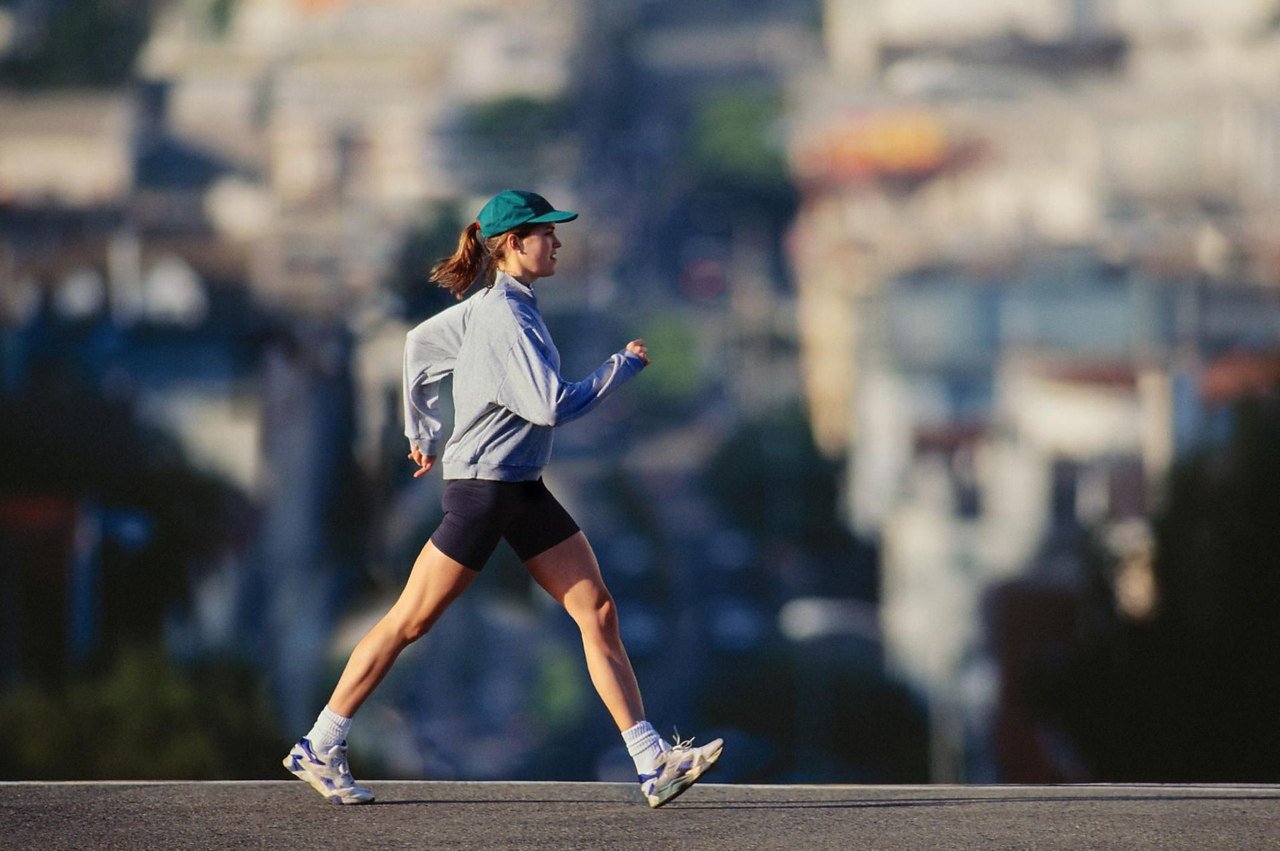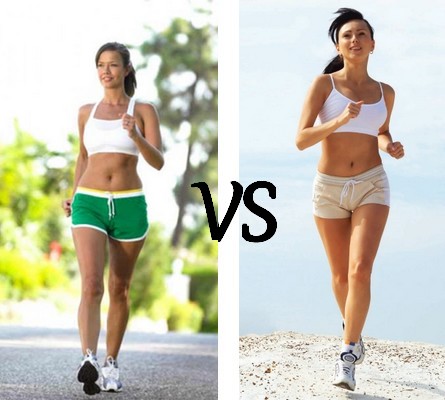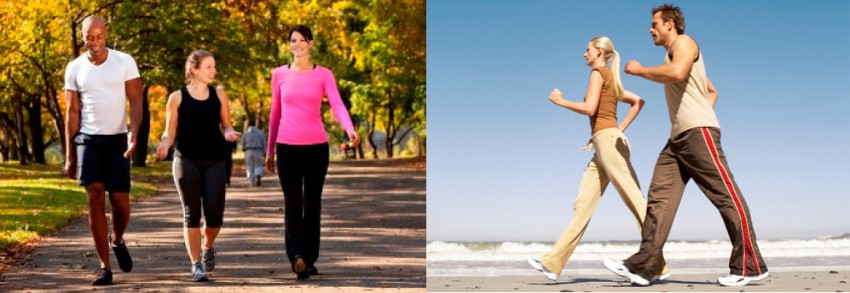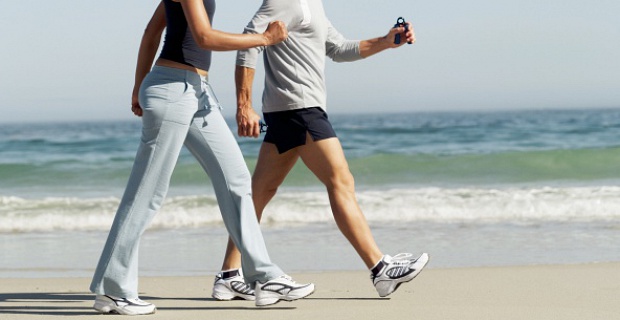
This kind of vigorous activity, like walking, is the result of the work of various muscle groups. Their activation helps to keep the whole body in good shape. During walking, not only muscles and limbs are involved, but neurophysiological and biomechanical processes are also activated, which have a positive complex effect on the body.
The movement of the legs while walking is carried out in the vertical, transverse, longitudinal planes. With an increase in the rate, the amplitude of vertical movements, the activity of the ligamentous-muscular apparatus, the intensity of energy expenditure increase.
The involvement of the leg muscles leads to the activation of blood flow. This contributes to more intensive oxygen enrichment of internal organs and acceleration of metabolic processes occurring in the body.
What are the benefits of walking?
Taking regular walking in the fresh air promotes health, providing the following positive effects:
-
- strengthens the cardiovascular, muscular, respiratory systems;
- promotes the removal of toxins;
- relieves fat deposits: at an average speed of 1.5 km, up to 100 kcal is burned in a quarter of an hour;
- is the prevention of hypokinesia (hypodynamia), somatic diseases, varicose veins, diseases of the musculoskeletal apparatus;
- relieves sleep problems;
- has a beneficial effect on the psyche;
- increases immunity and endurance.
The benefits of walking for men are to relieve congestion in the pelvis. This greatly reduces the risk of developing prostatitis and other ailments.
Walking or running – which is better?
 Both walking and running have almost the same effect. In both types of vigorous activity, similar muscles and sections of the supporting motor apparatus are involved. The difference is that running requires a high degree of physical fitness and endurance.
Both walking and running have almost the same effect. In both types of vigorous activity, similar muscles and sections of the supporting motor apparatus are involved. The difference is that running requires a high degree of physical fitness and endurance.
You should start running only after you have strengthened your body by walking on a regular basis. Jogging is recommended for people who are not overweight. Otherwise, high loads can harm the heart and joints.
Walking does not require good physical fitness. An intensive one-hour walk, according to doctors, can not only replace a half-hour run, but also be more healthy.
What are the contraindications and indications for walking?
Hiking with a goal of improving health is suitable for both men and women, regardless of age. The pace and duration, route and time are selected individually. Your own well-being serves as a guide. Walking, despite its versatility, has a number of indications and contraindications.
Walking is recommended when:
- immunity;
- depressed – lethargic;
- loss of strength;
- general feeling of weakness.
Walking is contraindicated for people suffering from:
- high blood pressure;
- chronic kidney disease;
- diabetes;
- arrhythmia and cardiovascular disorders;
- glaucoma;
- retinal disorders when there is a threat of its detachment;
- colds and other acute illnesses.
Walking is prohibited after heart attack and stroke.
Three principles of walking
The usefulness of walking is to adhere to three clear principles:
-
Moderation
The choice of the degree of intensity and duration of walks should be based on the state of health and condition of the body. No sudden surges.
-
Gradual
The duration and pace of walking should be increased without any sudden jumps and transitions.
-
Regularity
It is necessary to take walks every day. If daily walking is not possible, it is permissible to walk for at least 30 minutes, three to four times a week.
What time to walk?
A daily walk should include the path to and from work. If you go far to work, you need to accustom yourself to walk several stops. Morning walks invigorate, and evening walks promote good and sound sleep.
On hot days, it is better to walk in the morning or in the evening. Frosty weather in the winter season, with the exception of extremely low temperatures, stimulates to build up a fast pace and a good load on the body.
How and how long should you walk?
Depends on the individual physical characteristics of the organism. Good exercise for an untrained person allows you to get low-intensity walking, at a pace of 4 km per hour, the pulse at which reaches 80 beats per minute.
The duration of the walk for the first time should be from 20 minutes. In the future, the walking time is increased to 30-40 minutes. Depending on individual characteristics, this can take from several weeks to months.
The duration of walks in order to achieve a health-improving effect should be at least 35 minutes, provided the step speed is 7 km / h, and the heart rate is 65 -80 beats per minute. Faster health walking has beneficial effects on health, which is manifested by:
- reduced risk of heart and vascular disease;
- weight loss;
- normalization of blood pressure;
- improvement of physical endurance;
- increase in aerobic performance of the body.
months to a year, until walking a distance of 6-10 km will stop tiring. When the goal is achieved, physical fitness is maintained with various loads, without interrupting regular walks at an accelerated pace.
Walking in one place
Exercises everything the main systems of the body, strengthens and increases its endurance. The difference from normal walking lies in the lack of progress, and the effectiveness remains the same.
It is recommended to start “walking” from 5-10 minutes, increasing the duration to 60-90 minutes. The speed during a thirty-minute walk in one place is from 50 to 70 steps per minute.

Walking stairs
Effectively corrects health. You should start going up the stairs with the refusal to use the elevator. If the physical condition allows, you can not limit yourself to raising to the desired floor, but reach the last. When vertical movements cease to bring pain in the calf muscles, shortness of breath and heart palpitations will pass, the ascents are made more difficult, first standing on their toes, stepping on each step, and then stepping over one.
Climbing the steps develops and strengthens leg muscles, stabilizes pressure, burns several times more calories than running. You can achieve a positive effect when climbing stairs when the walking time is at least 20-35 minutes. The time to reach this duration is individual for everyone.
The usefulness of walking along the horizontal and vertical plane for the human body is multifaceted. You can start walking absolutely at any time. The main thing is to refuse to use the elevator and transport, getting to work and home, if the distance allows it, on foot.
